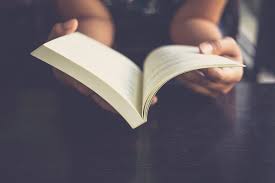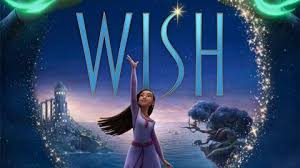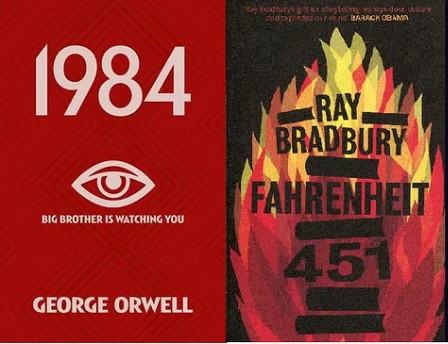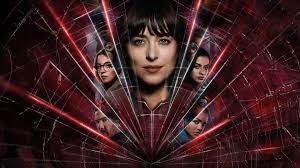By Mrs. McHugh
HHS Librarian
An adventure in the wilds of Alaska. A creepy old house that possesses its inhabitants. A high school senior facing unique challenges in her college search. I recently read three very different books: one thriller, one horror and one realistic fiction. But despite the differences in genre, they all plucked at my emotions and had me glued to the pages.

The North Line by Matt Riordan – After a foolish mistake costs Adam his college scholarship, he hopes to make quick tuition money by working the summer on fishing boats in Alaska. The job introduces him to the rough characters, grueling routines and physical risks that are part of the industry. When the captain of Adam’s boat decides to defy striking fishermen, the danger escalates. The author draws from his own work experiences to instill real grittiness, tension, and even humor.
My only criticism is that the author sometimes grows philosophical about nature, evolution, and purpose, breaking up the action. In addition, halfway through the book, readers learn that it is set in the 1990s during the Gulf War. It’s never really clear why the author includes this historical element, and it’s not integrated throughout the story.
Aside from those issues, the adventure may appeal to readers who liked Hatchet by Gary Paulsen, Peak by Roland Smith or Adrift by Paul Griffin. The theme of shedding your past and forging a new identity also may resonate, although the coarse language and references to sex and drug use may make this book best for older teens. The ending is tense, thrilling, and unexpected.

A Place for Vanishing by Ann Fraistat – After a failed suicide attempt, teenaged Libby and her family try to make a fresh start in a mysterious home that’s been abandoned for decades. But while the family struggles to cope with its trauma, it must also face the secrets of the house, which include a history of seances, rumored disappearances and creepy bugs – so many creepy bugs. The author deftly balances a story about a shattered family and mental illness with a thrilling tale of hauntings, possession and the supernatural. Libby, her younger sister, their mom and a quirky boy next door are well developed and relatable. The supernatural elements will make readers’ skin crawl and the ending is fast-paced, tense and thrilling.
The bugs may turn off some readers. The discussion of suicide may be too heavy for some, but the author focuses on the aftermath and recovery, not the act itself. While it may trigger some readers, who are warned in an author’s note at the front of the book, the discussion is handled honestly but carefully, showing how that level of desperation impacts everyone connected.
Readers who like horror stories and don’t mind being creeped out will devour this book. Fans of Delicious Monsters by Liselle Sambury and White Smoke by Tiffany D. Jackson, other stories where the haunted house is almost another character, also may enjoy this.

Where You See Yourself by Claire Forrest – Effie is a high school senior who uses a wheelchair because of cerebral palsy, a condition that impacts her mobility and reflexes. She longs to go to college far from home and become a voice for people with disabilities. But she struggles with obstacles in her current school and fears leaving her support network of family and friends. Will her wheelchair keep her from following her dreams? Spoiler alert: of course it doesn’t. But watching Effie navigate the journey from a shy teen afraid to make waves to a confident advocate for herself and others is powerful. How she pursues her dreams and pushes past challenges sends a strong message to others.
This book offers the rare perspective of someone with a chronic illness and a wheelchair user, and it’s eye opening. When Effie and her parents visit her dream school in New York City, readers see firsthand how hard it is for someone with limited mobility to catch the subway or cross a snowy campus. Readers learn how easy it is for colleges and businesses to make excuses for not being accessible, blaming the age of buildings or the cost of making upgrades for their failure to do so. The story brings to light sacrifices that people with disabilities are expected to make, such as forgoing the chance to have a roommate because the only dorm rooms that will fit a wheelchair are singles. When Effie tours a campus that has made strong efforts to improve accessibility, it is amazing what can be done, making the excuses offered by others even harder to accept.
Readers with a disability or chronic illness will see themselves in the story, but so will any teen facing the decision about what to do after high school. Choosing a college or a career to pursue can be scary, confusing or ripe for comedy. Other books that cover the same transition include Leah on the Offbeat by Becky Albertelli and When Dimple Met Rishi by Sandhya Menon














